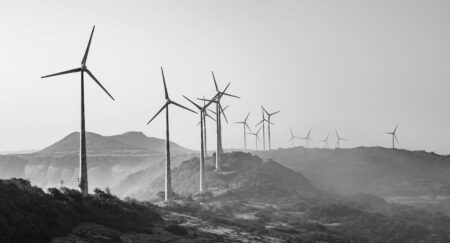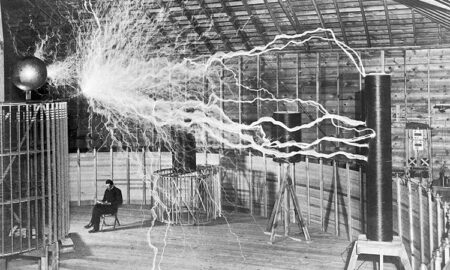In the midst of a global reexamination of energy production and policy, we must understand what our part is to play in energy conservation. Disruption in energy supplies has created much uncertainty but as individuals we can act decisively now and focus on what we can control – our personal energy consumption.
Pursuing greater energy efficiency at home starts with a reflection on our life. Most, if not all of our daily routines depend on energy use. We don’t need to abandon these routines, however, we need to look for energy saving opportunities and share our experience. Can we live a life on our terms while consuming less? Yes, we believe it is possible to change not only your own consumption but inspire others to reduce theirs.
Living more sustainably brings not only the peace of mind of financial security but also deepens your relationship with the world around you. Adopting energy saving activities should be a priority this year, we promise that the process is fun and enriching.

Energy efficiency and security
A coordinated drive of energy saving is a necessity given the current situation within the global energy system.
As many nations seek out new energy partners there has been an unprecedented spike in energy prices. Every week, previous records for high gas prices are broken; energy companies can no longer protect the consumers from the financial burden. Communities and families will struggle to maintain their standard of living.
High prices aren’t the only consequence of the current crisis. Disruption in energy supply will lead many governments to push back or delay indefinitely commitments to ramping up clean energy. A return to a heavy reliance on fossil fuels seems, for the short term at least, grimly inevitable.
Fossil fuels have a quite brutal effect on the natural world. The mining and extraction of these resources already sits at dangerous levels. A UN report revealed that as a global community we will likely fail in our attempt to cap rising temperatures. Global leaders had hoped to limit the temperature increase to only 1.5 degrees, however, to do so would require a 45% fall in fossil fuel production. Realistically, we are facing a two degree hike. This warming will bring about considerable change that in some cases will be irreversible.
Moving to a climate resilient energy system should be the north star for governments and communities around the world. As we try to step up this transition, we can all adopt energy saving practices at home.
Sustainability at home
Light bulbs
Although all modern variations of light bulbs are superior to the traditional incandescent bulbs, the consensus seems to be that Light Emitting Diode bulbs (LEDs) are the best investment for your home and the environment.
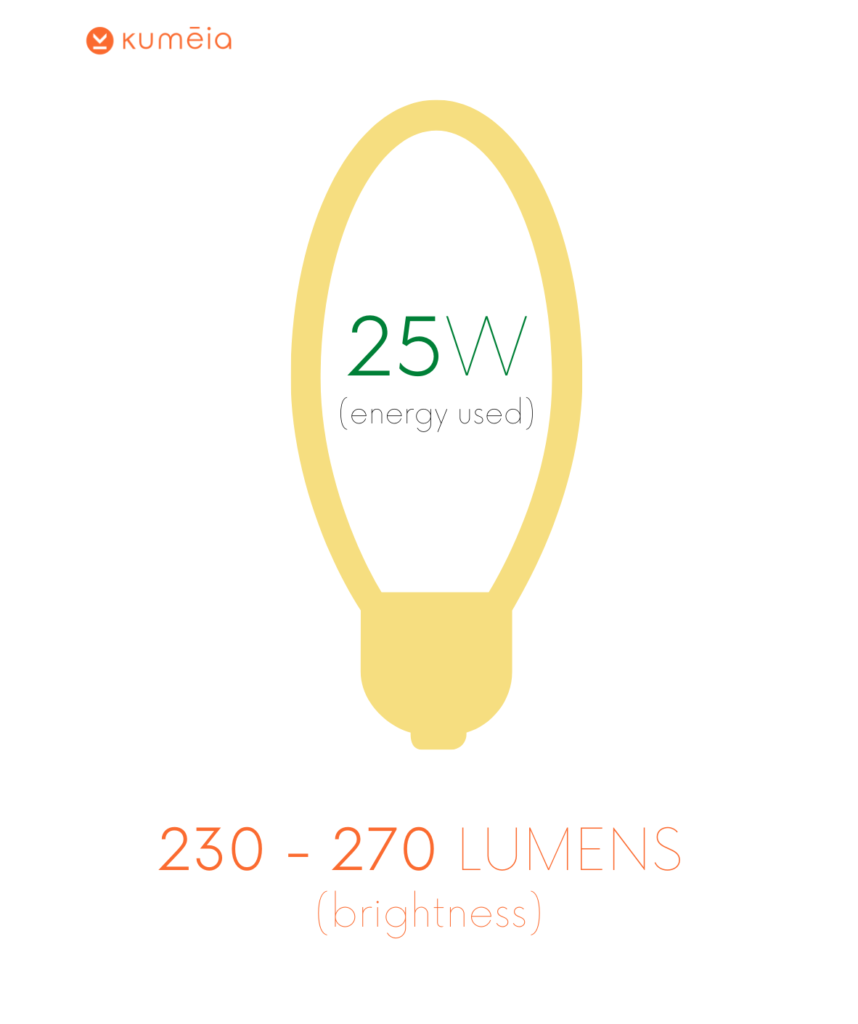
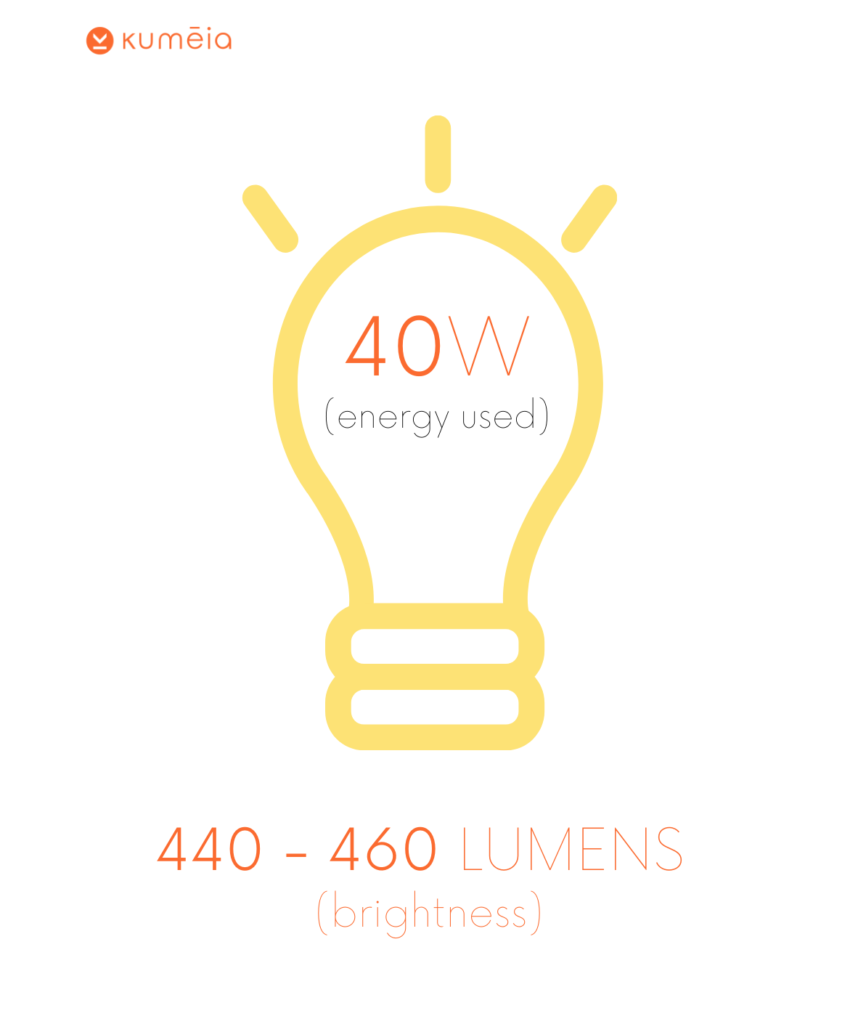
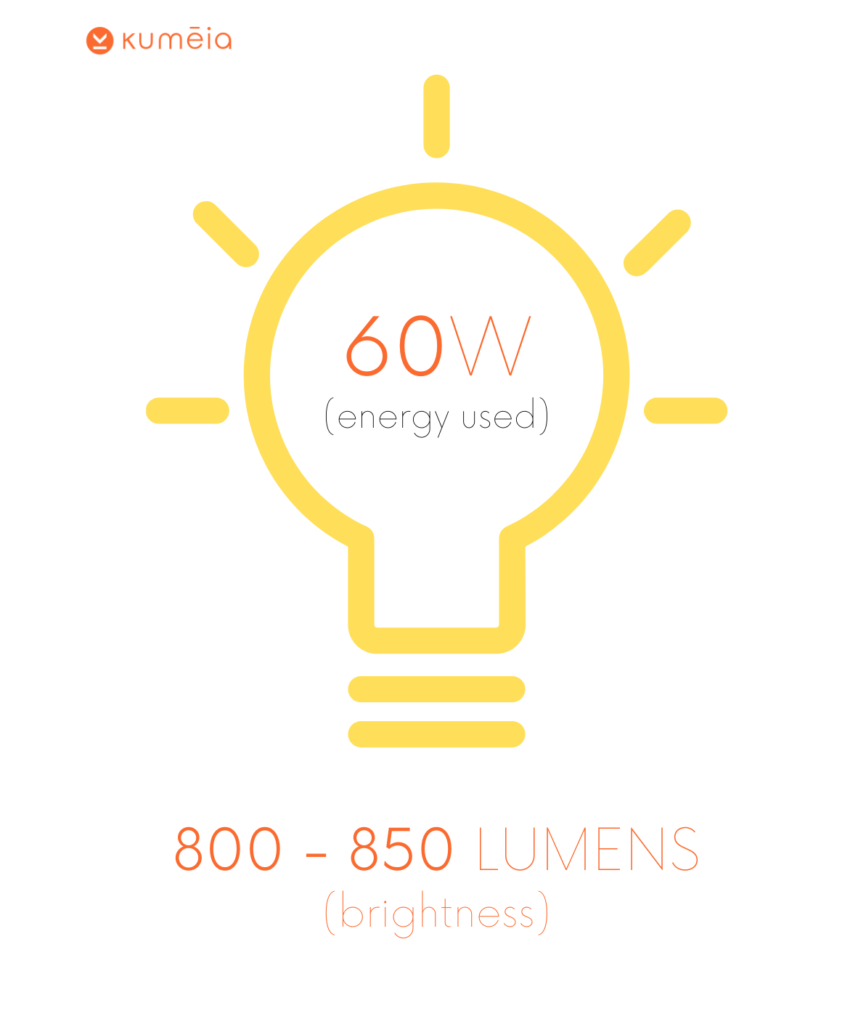
Long lasting
LEDs are slightly more expensive compared to other energy saving bulbs on the market, like Compact Fluorescent Lights (CFLs). However, you will recover the cost over time because LED bulbs endure for longer.
LED lights will last on average 50,000 hours, which means won’t have to worry about finding a replacement for at least a decade. Also, with modern bulbs you are unlikely to experience any breakage or accidents like blow outs. The traditional incandescent bulbs, made from glass, were very brittle to handle; and because of the way the light was generated (heat energy) the bulbs would occasionally shatter.
Energy Efficient
According to estimates from UK energy providers, lighting our home accounts for around 10 – 20 percent of our overall electricity consumption. So, your choice of bulb could reduce your utility bill quite considerably.
In terms of energy efficiency, bulbs with LED technology are the market leader. LEDs can sustain the same level of brightness as CFLs and traditional incandescent bulbs, while consuming significantly less electricity. To illustrate this greater efficiency we need to look at the lumens to watt ratio.
Lumens are a unit of measurement for visible light, which means the higher the lumen rating the brighter your bulb will appear. Watts refers to the amount of electricity the bulb needs to consume to reach its stated lumen threshold.
To reach 800 lumens, a CFL bulb will use 13-14 watts, whereas the LED bulb requires only 8-10 watts.
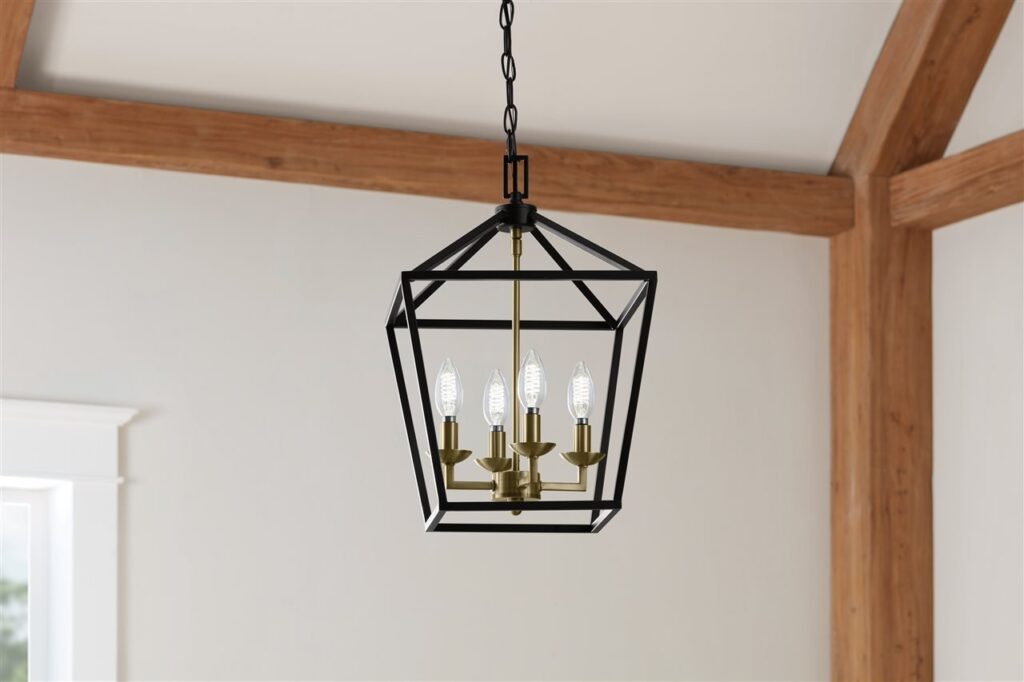
Food storage
Beeswax wrapping
Moving towards a sustainable future won’t always call for high tech solutions. Simple crafts, like beeswax wrapping, will also help propel us to net zero.
Beeswax wrapping paper is a renewable and normally compostable product that will change the way you store your leftovers. It is the perfect alternative to cling film and aluminium foil, as it is easy to handle and is a lot more durable. This durability will save you money over time.
With beeswax wrapping you have a couple of options: you can buy it from independent producers for example The Beeswax Wrap Co. based in the UK or Bee’s Wrap in the US. Or you can make a DIY wrapper at home, it is a lot easier than you think!
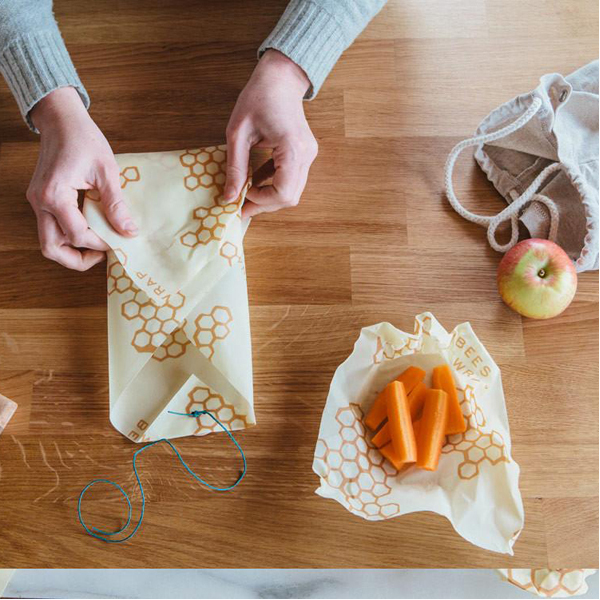
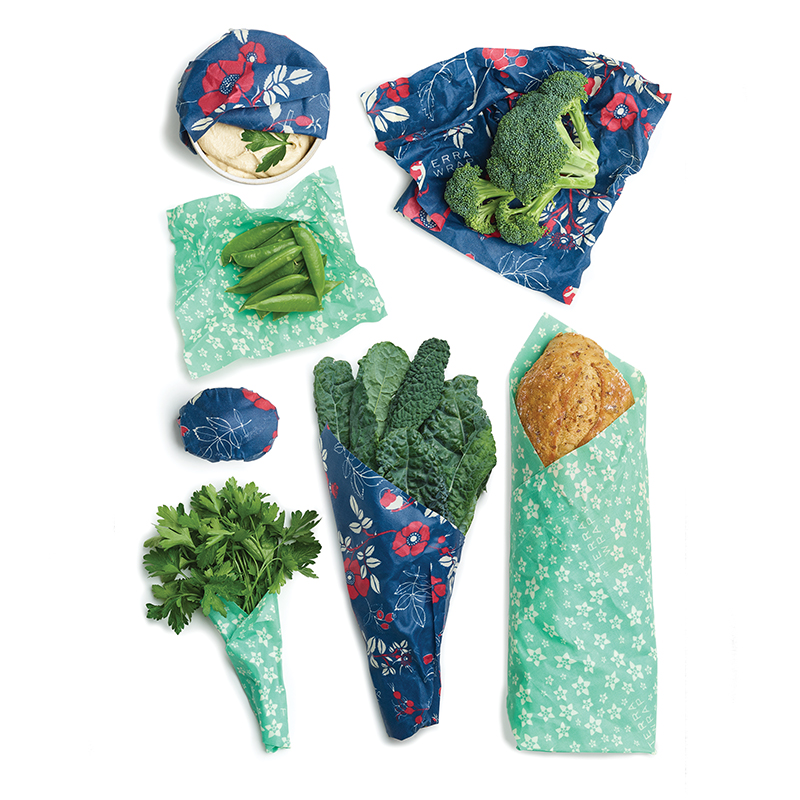
DIY beeswax wrapper
All you will need to make your DIY beeswax wrapper is a cotton cloth, a block of beeswax and a sheet of baking paper.
- Firstly, cut your cotton cloth to the size you require.
- Next, get your beeswax and grate it over the surface of the cloth, grate enough to cover it to the edges, and then place the sheet of baking paper on top of the beeswax.
- Heat up an iron and then carefully run the iron over the baking paper to melt the beeswax onto the cotton.
- Finally, allow the cloth to cool and peel off the baking paper to get your new wrapper.
- A beeswax wrapper will easily mould over the top of a food container, just use the warmth from your hands to help it stay in shape.
The only drawback with the beeswax wrapper is that it cannot come into contact with anything too hot. If the wrapper does get stained, you will need to use cold water to clean it.
As you can see, being more energy efficient does not require any painful sacrifices. We can all make our households more sustainable by making little adjustments.
Follow these links to discover more and start your energy saving journey today:
https://www.beeswaxwraps.co.uk/
https://www.thegreenage.co.uk/our-guides/
https://energysavingtrust.org.uk/advice/lighting/
https://sse.co.uk/help/energy/energy-efficiency/energy-saving-light-bulbs


